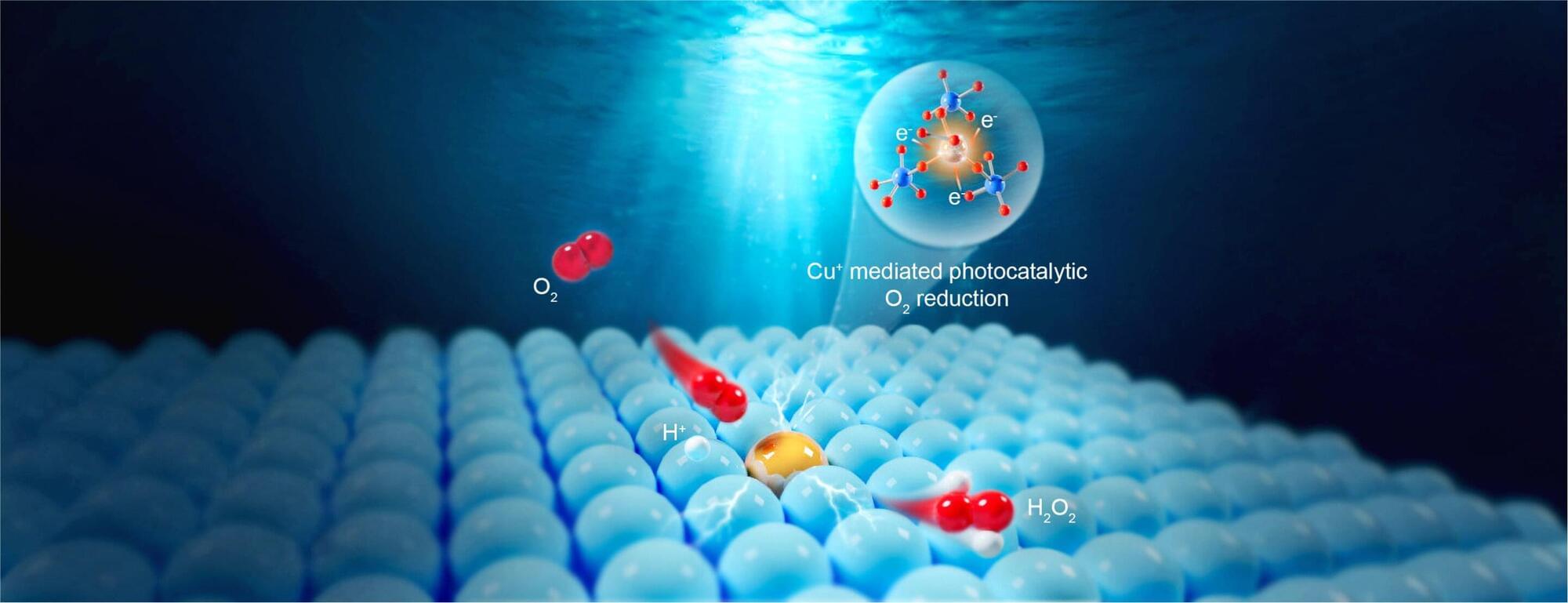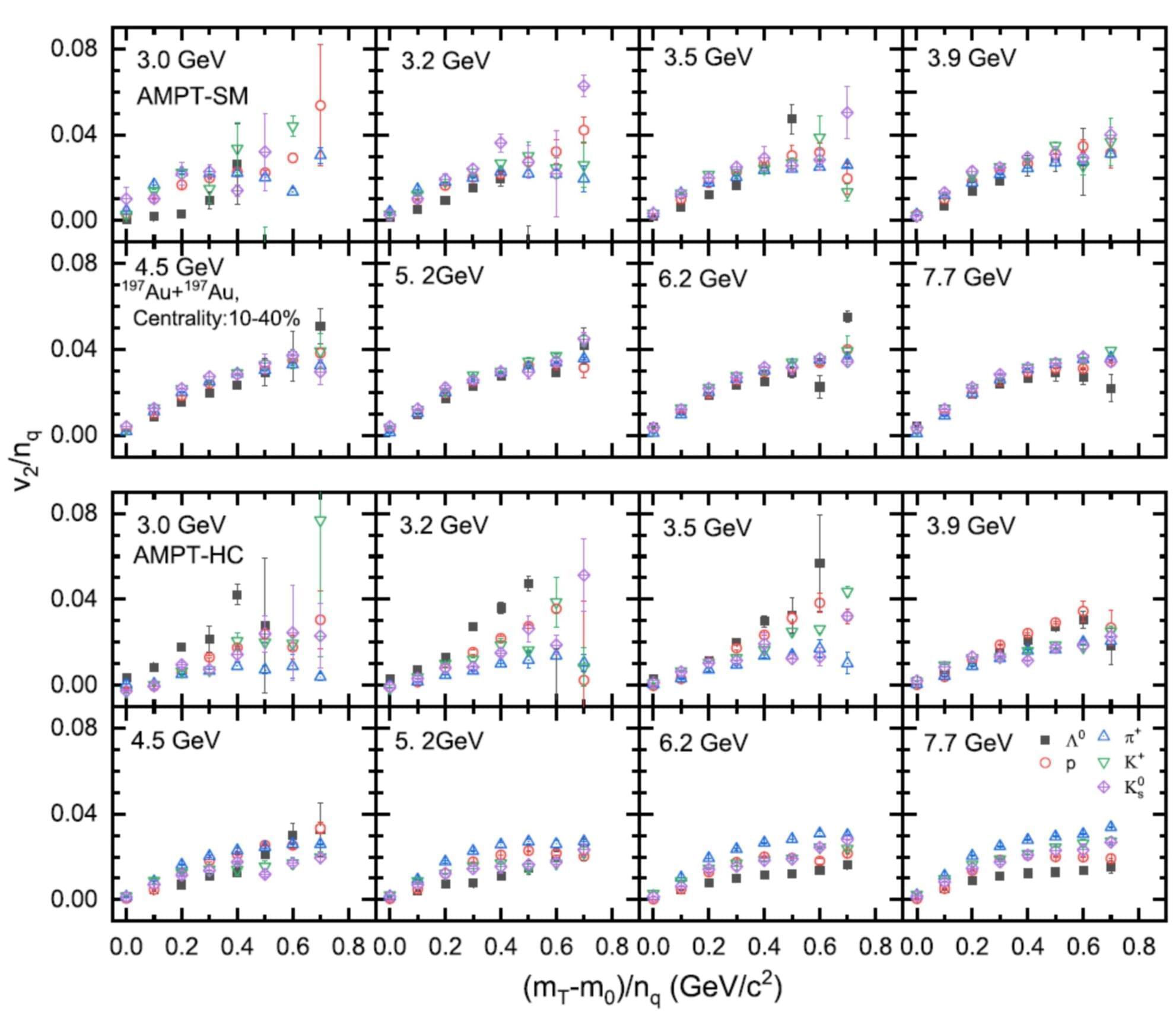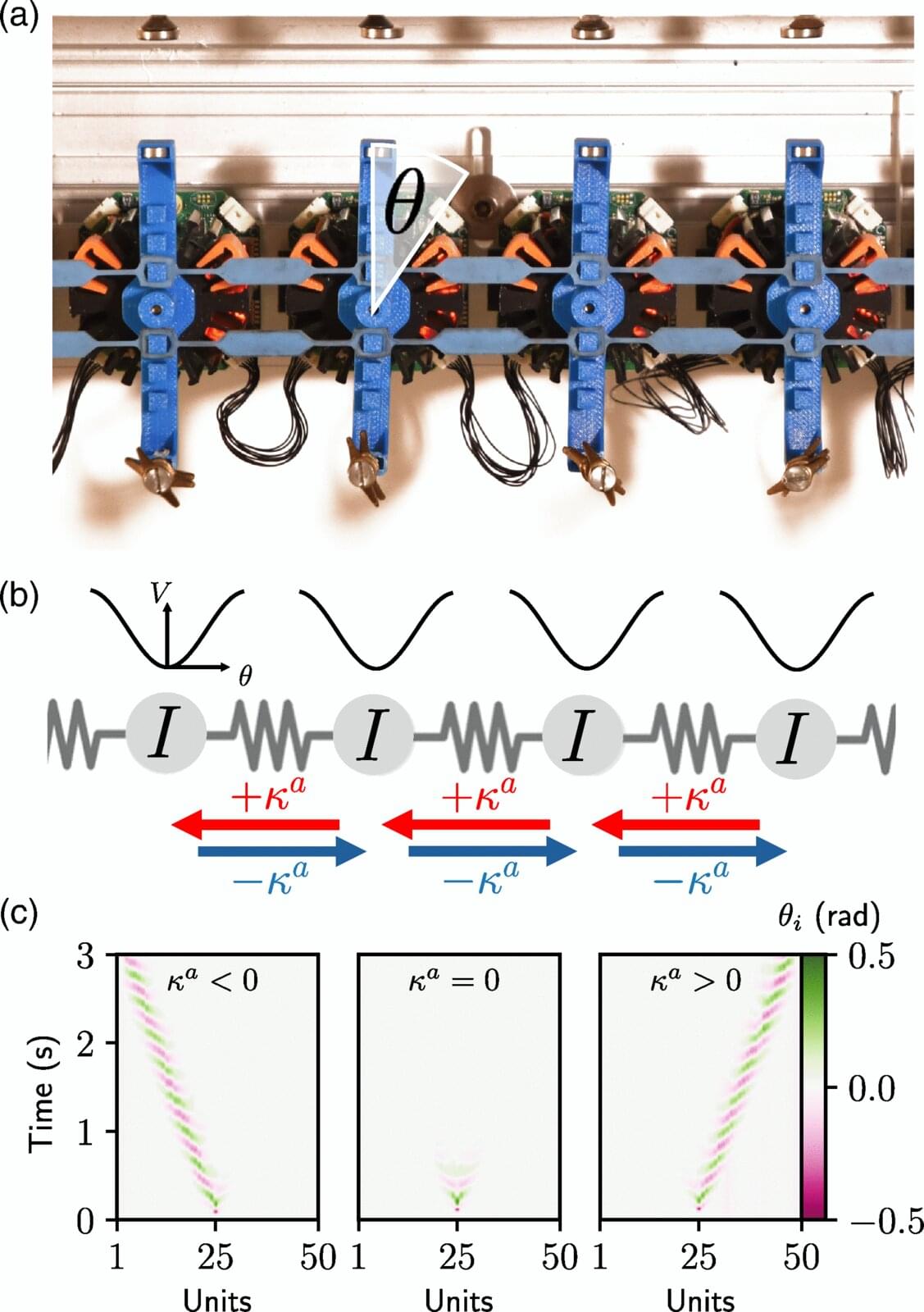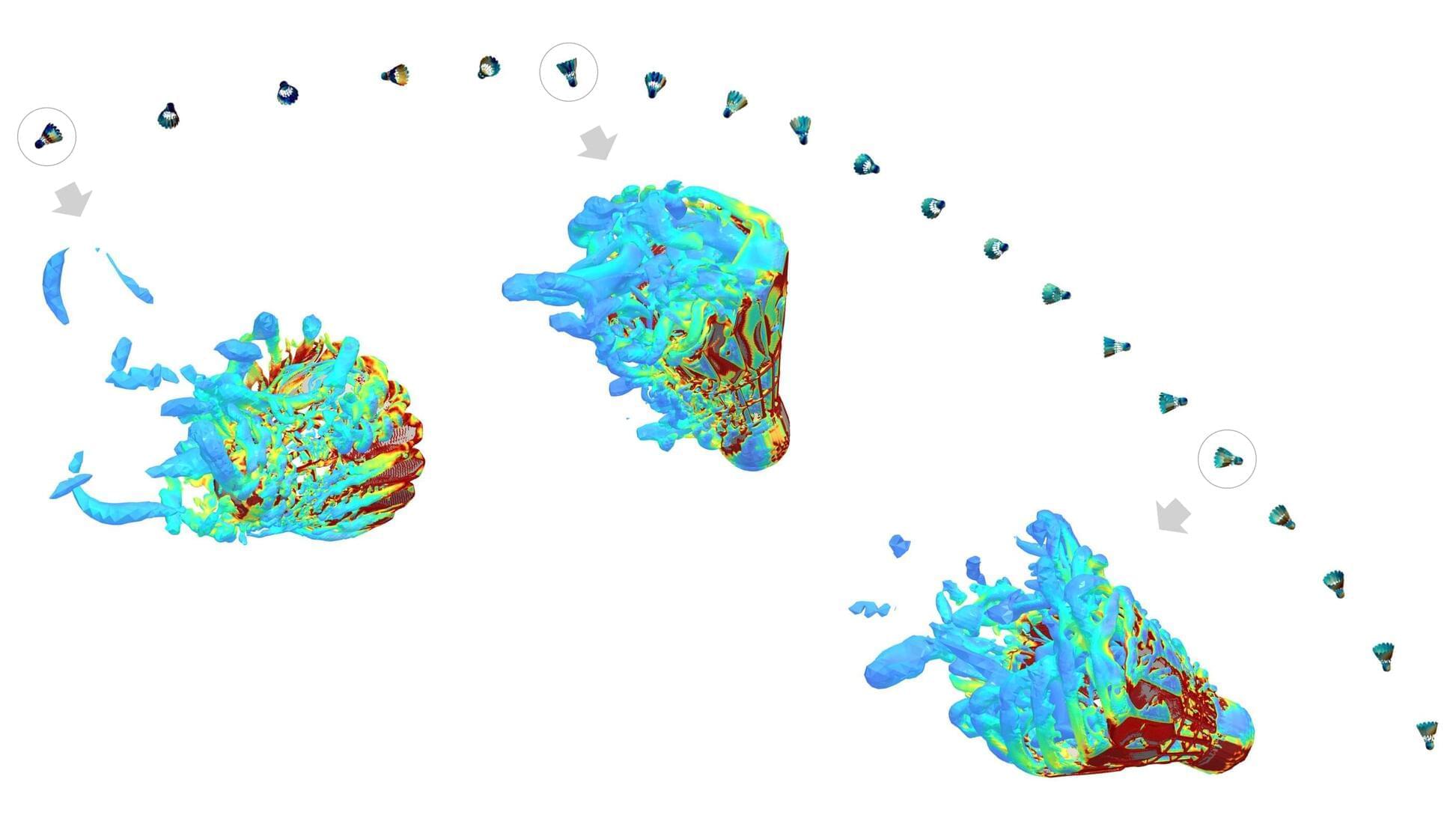A new study published in JMIR Serious Games reveals that playing the open-world video game The Legend of Zelda: Breath of the Wild and watching Studio Ghibli films can significantly improve young people’s overall happiness and sense of purpose in life.
Led by researchers from Imperial College London, Kyushu Sangyo University, and Georgia State University, the exploratory randomized controlled study, titled “Effects of The Legend of Zelda: Breath of the Wild and Studio Ghibli Films on Young People’s Sense of Exploration, Calm, Mastery and Skill, Purpose and Meaning, and Overall Happiness in Life: Exploratory Randomized Controlled Study,” involved 518 postgraduate students.
Participants were randomly assigned to either play Zelda or not and to either watch nostalgic Studio Ghibli films like My Neighbor Totoro or Kiki’s Delivery Service or not. Researchers then measured feelings of exploration, calm, skill mastery, purpose, and life happiness.









